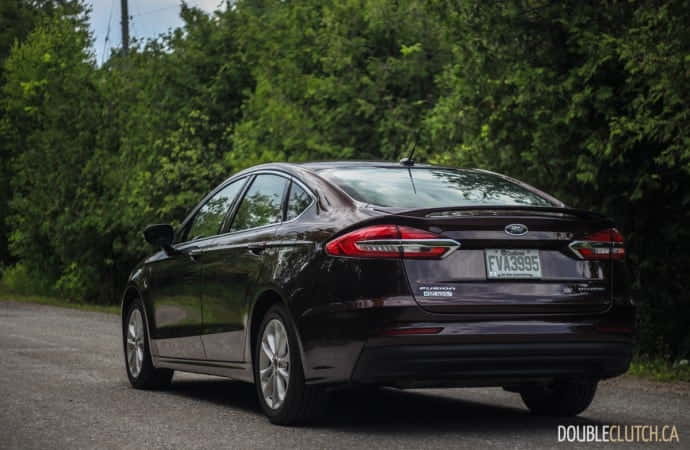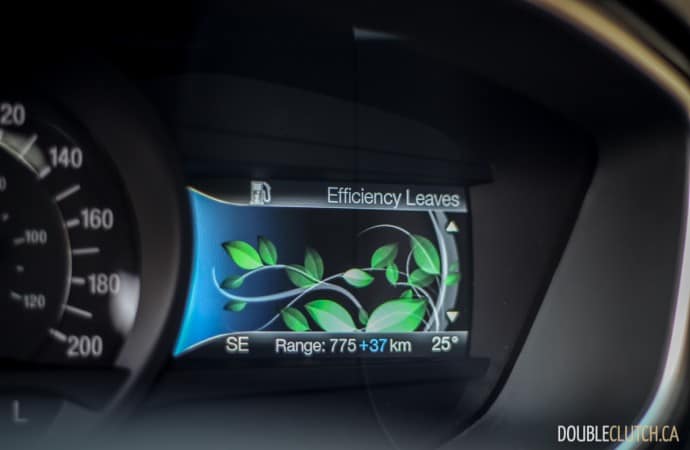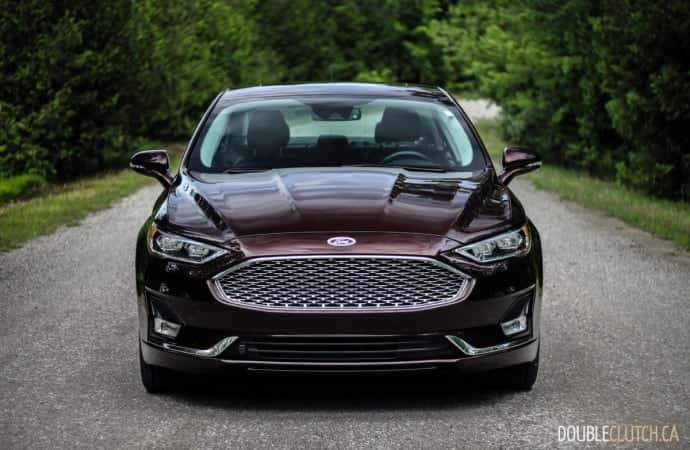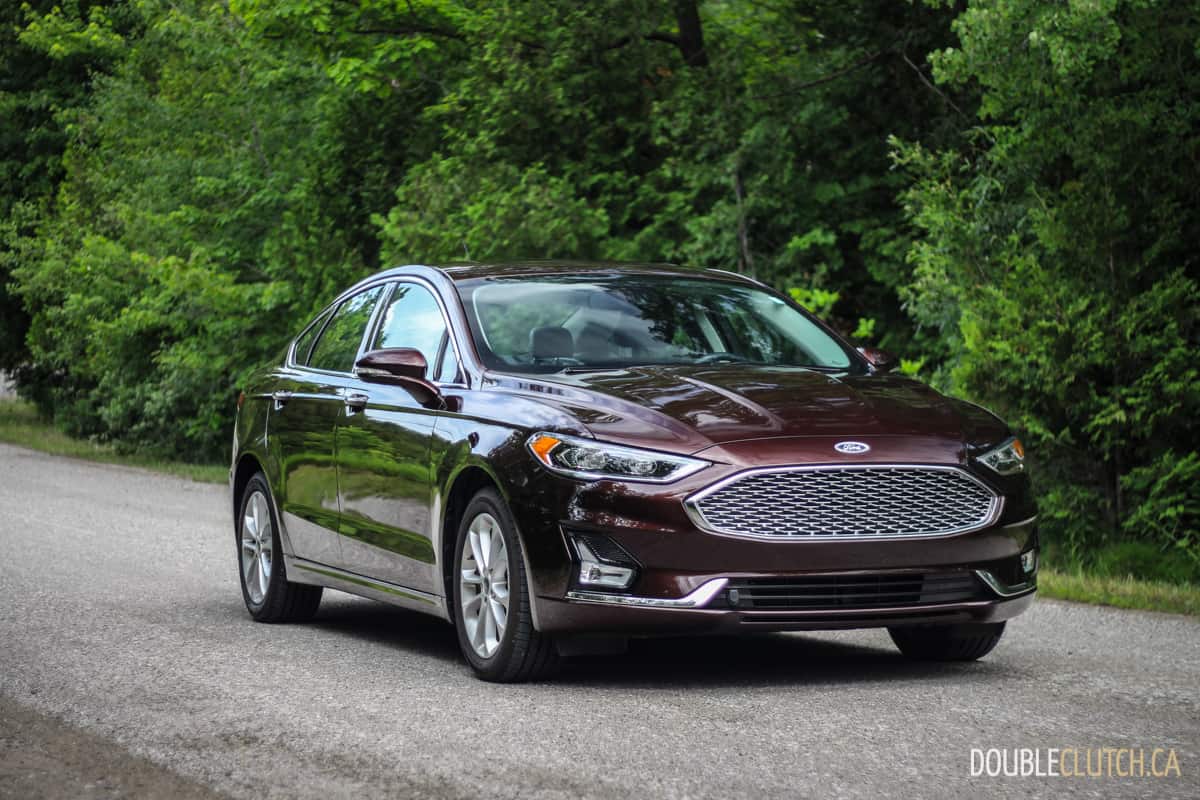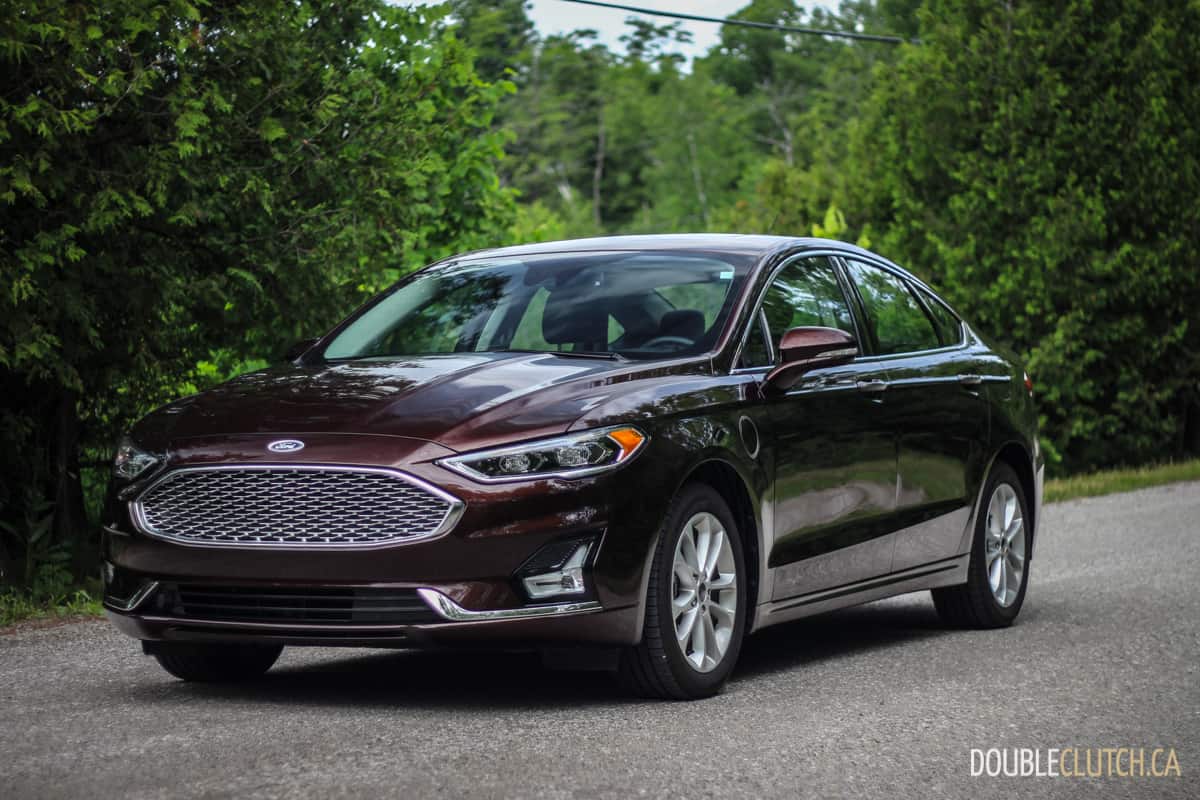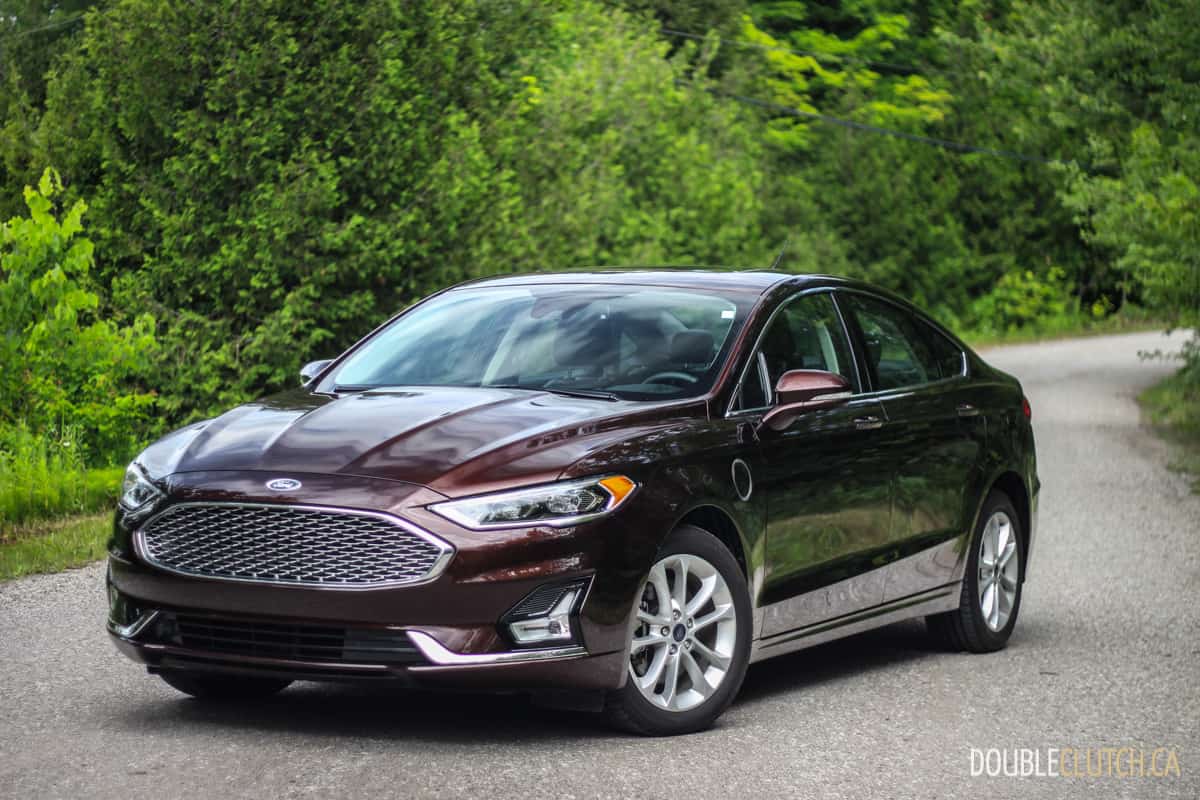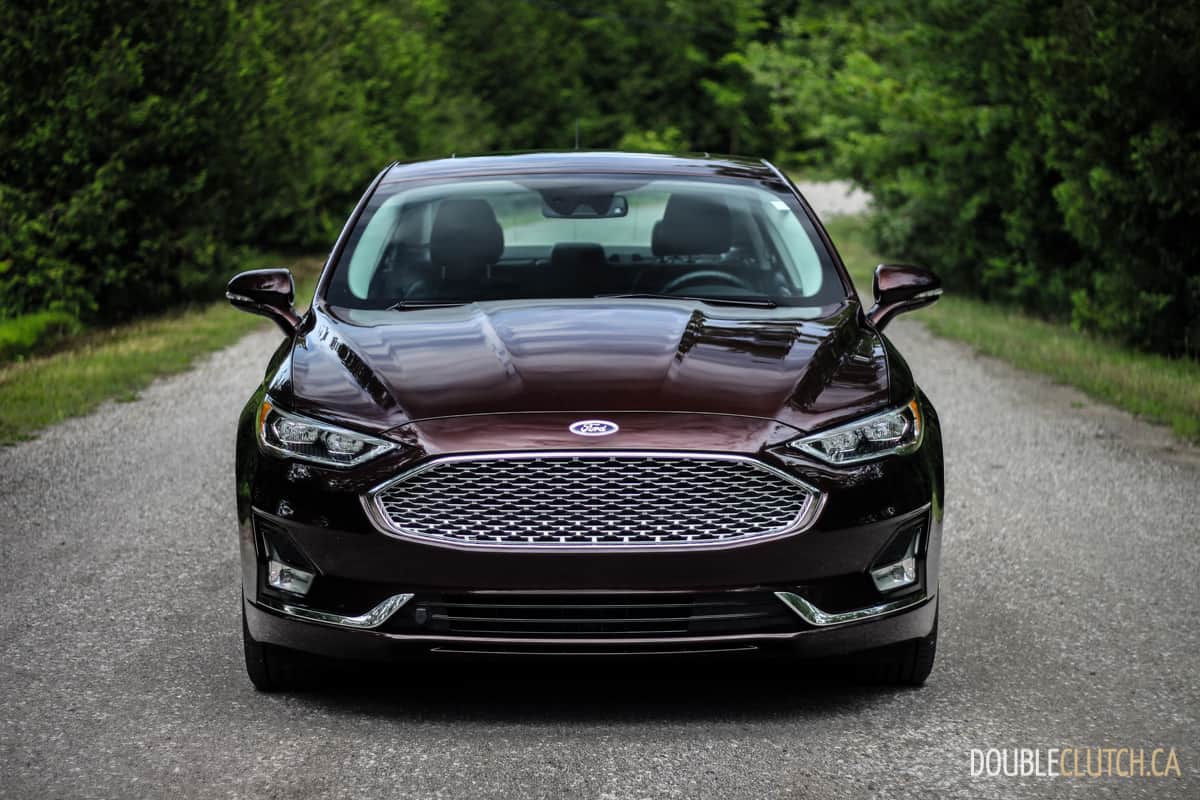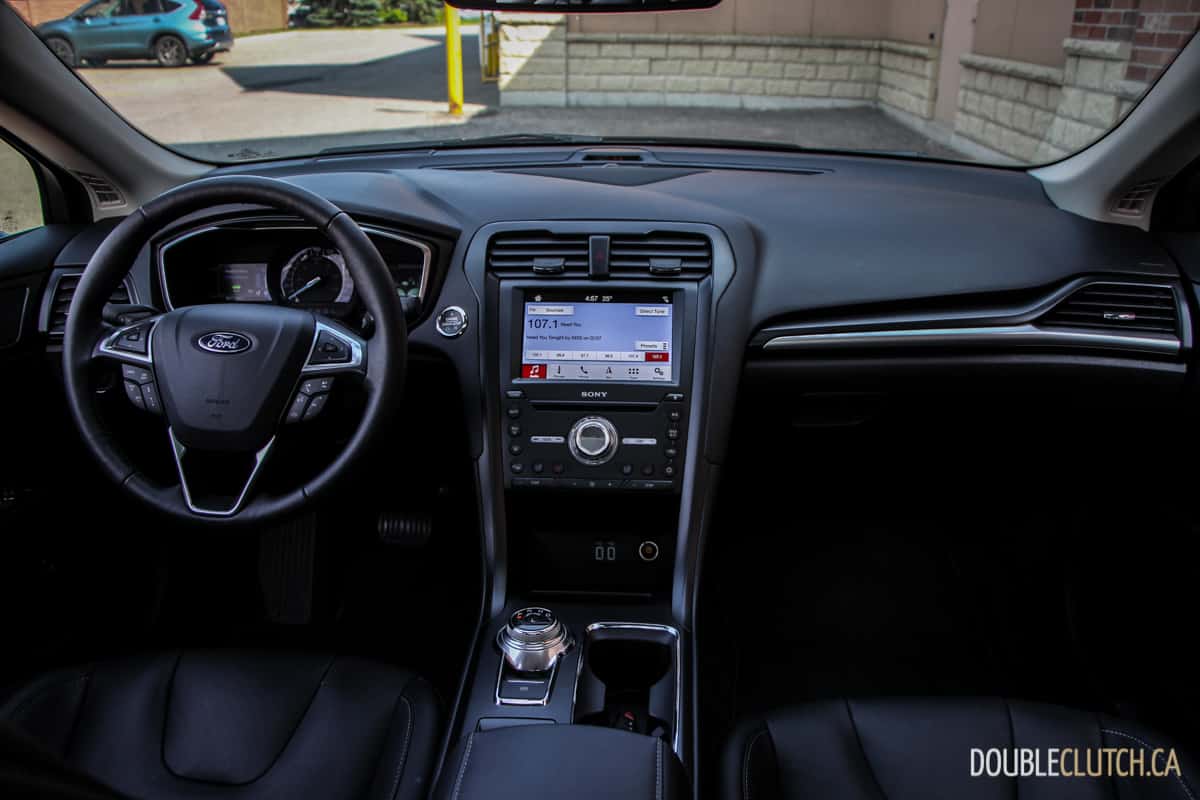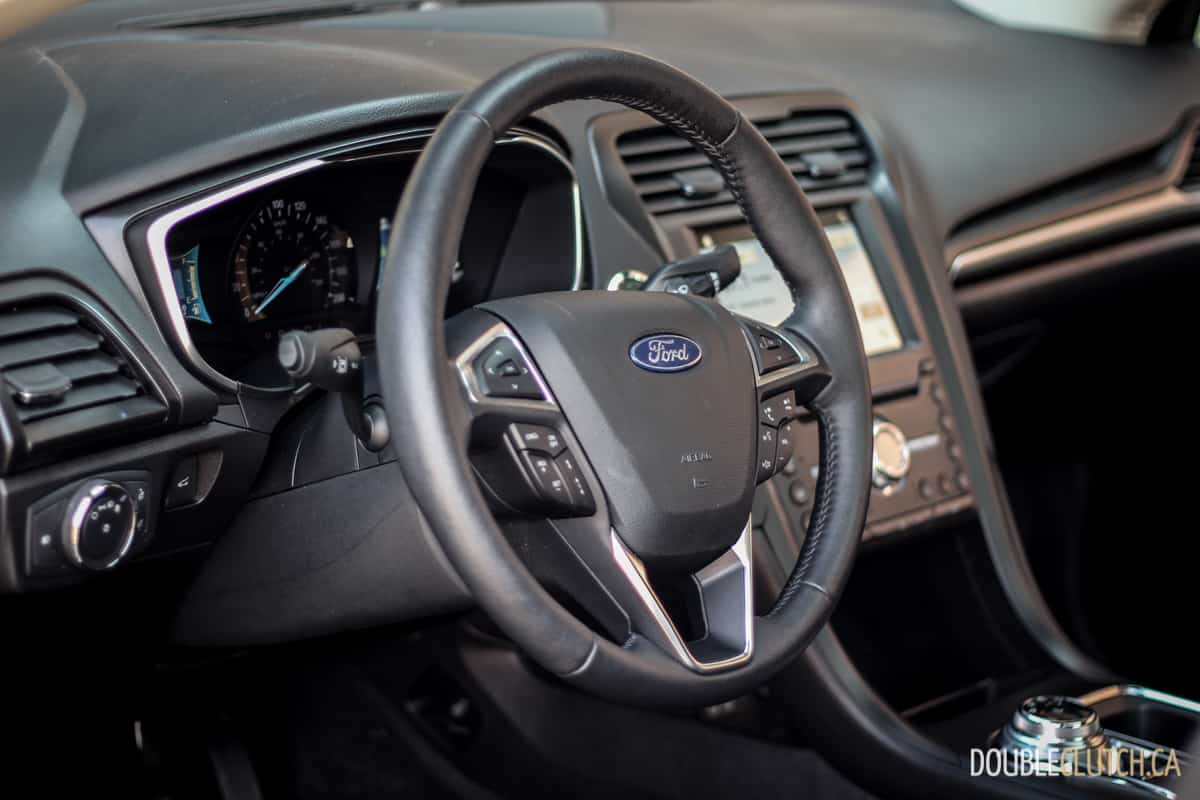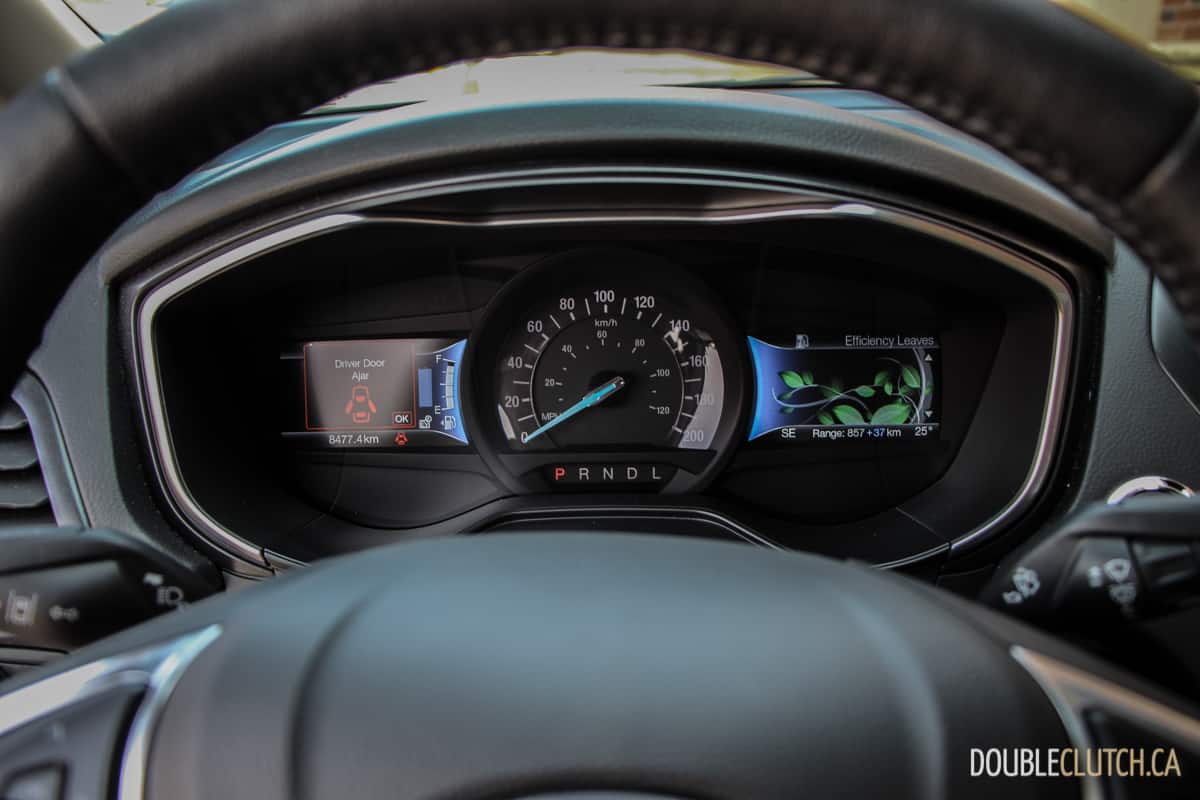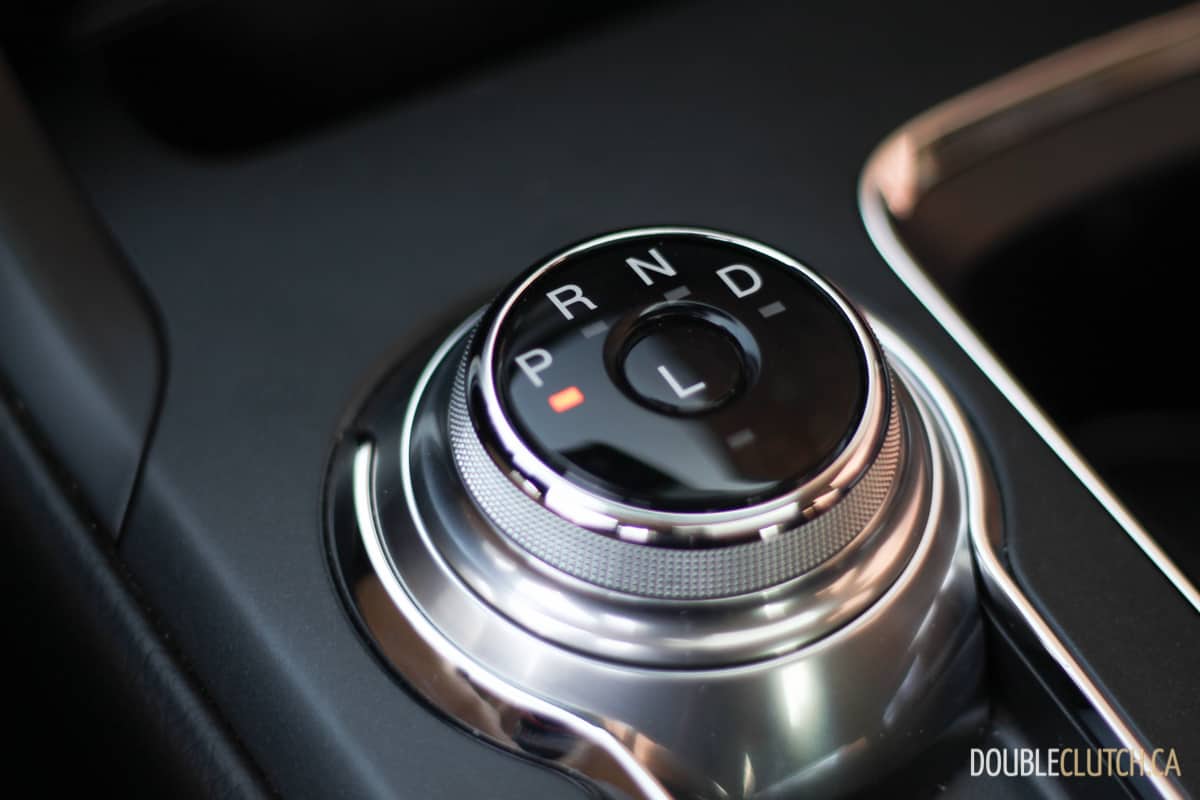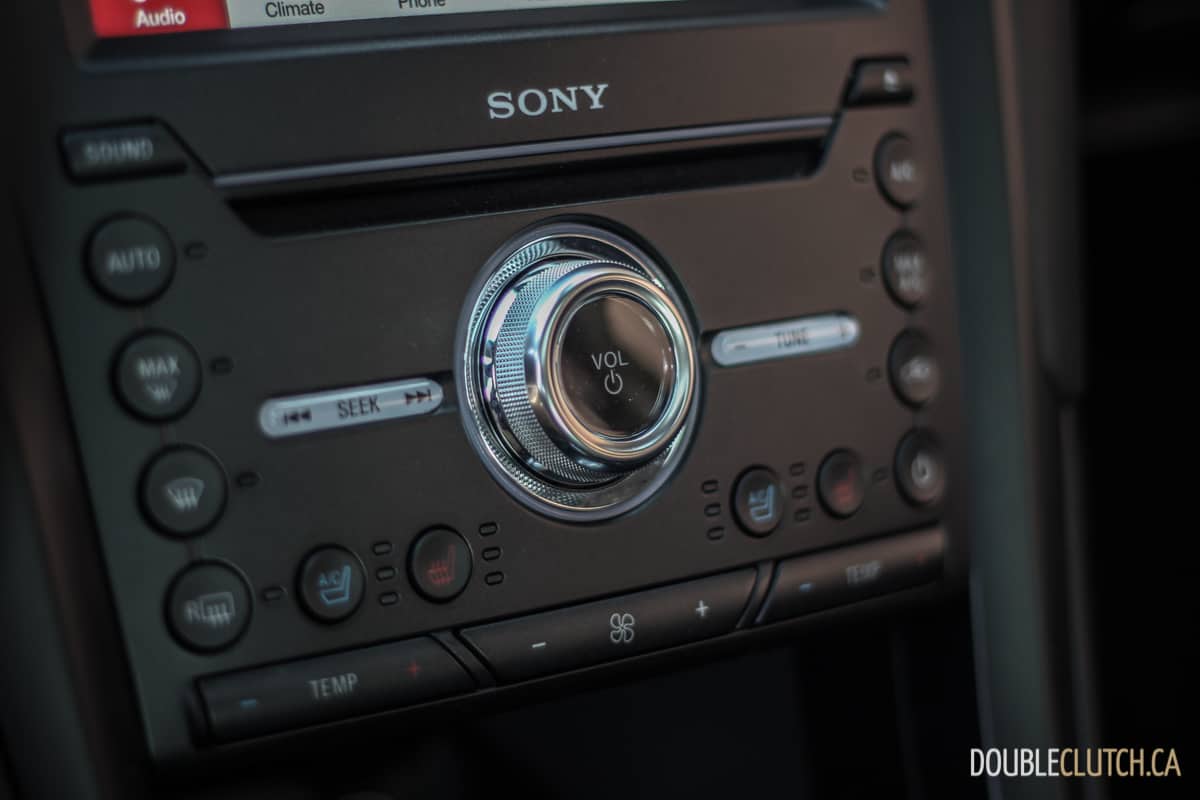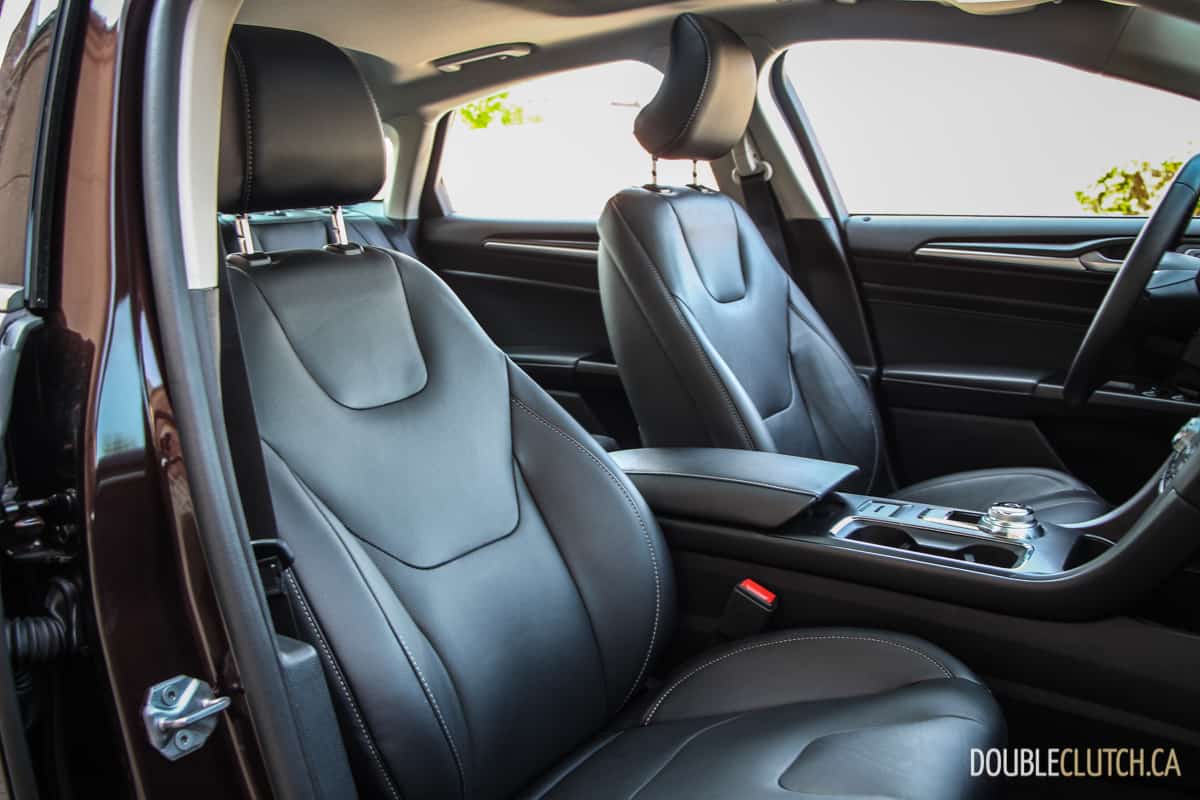With Ford’s decision to focus (pun intended) mainly on the truck and SUV market, they have put an expiry date on many great cars we have grown to love. Over the decades, Ford has been exceptional at having a lineup of fuel-efficient and interesting cars to battle the ongoing need for relief at the pumps. With the Toyota Prius (reviewed here) being the first car we often think of when mentioning a hybrid, Ford has attempted to combat this with the fully electric Focus Electric. More mainstream, however, is this plug-in hybrid variant, the 2019 Ford Fusion Energi Titanium.
Ford has a good thing going with this Fusion, which isn’t necessarily going away immediately. The current model has been around since 2013, with a minor re-style for 2017. The 2019 model received some minor styling updates, mainly to the lighting, along with some much-needed tech updates. These help its ability to blend into the mainstream sedan crowd with its own sense of style, and maintain the car’s overall comfort and good road manners.
The new Fusion Energi Titanium comes generously equipped to cater to its target market. On-board are features such as Ford’s Co-Pilot360, which includes Adaptive Cruise Control with stop and go, collision warning, and more. The vehicle also includes the consistently good SYNC 3 infotainment with Apple CarPlay and Android Auto connectivity. The main conversation piece to the Energi model, however, is an electric motor with an EV-only range of up to 42km on a single charge.
Ford’s already-good 2.0L inline four-cylinder is mated to an 88kW electric motor, as well as an electric continuously variable transmission (e-CVT) which sends power to the front wheels. When you have that need for speed, the Fusion can deliver up to 195 combined horsepower and 129 lb-ft. of torque (188 horsepower without the assist of the electric motor). The lithium-ion battery can be recharged to full capacity from empty in under eight hours using a standard 120V wall outlet. Adding a 240V outlet to your home garage can cut this charge time in half.
We can see many Canadians gravitating towards the Energi model for the sheer fact that it can handle the average daily commute without using a drop of fuel. From our test, the 42km of range can also be stretched a bit further with proper regenerative braking and throttle techniques. Rest assured though, that when the need for a longer road trip arises, the gasoline motor can kick in and work seamlessly.
Electric fuel efficiency will vary on actual use and charging habits, but even without using the Energi as a plug-in, it will still be extremely efficient. Ford Canada rates it at 5.5L/100km city and 5.8L/100km on the highway, for a combined rating of 5.6L/100km. Our test was planned to take full advantage of the electric motor and charging infrastructure, which turned in an average of 2.7L/100km combined over 315km (225km in full EV mode). Of course, as with most other vehicles in this segment, the Fusion Energi can operate just fine on regular 87-octane fuel.
Three driving modes are available for the Fusion Energi, with “EV Auto” being the natural choice for most regular users. This mode allows for EV-biased driving which only kicks the gasoline motor in only when it needs to. An “EV Now” option puts you in full-electric mode until the battery is depleted. Should you forecast for a part of your drive later on, and want to conserve the EV-range until that point, there is an “EV Later” option as well.
If you’re expecting a sporty drive, we would recommend looking at the turbocharged Fusion Sport (reviewed here), with its all-wheel-drive system and high-performance engine. A sport sedan this Energi is not, with numb electric steering and relatively laggy throttle response. The suspension damping is a bit too soft for our liking, but it all comes together when you consider the quietness thanks to dual-pane front window glass, nicely bolstered seats, and smooth road manners. The Fusion is a serene and comfortable cruiser.
Ford takes pride in the SYNC 3 system, with variations in almost every model including the giant touchscreen in the 2020 Explorer (reviewed here). The eight-inch touchscreen in the Fusion Energi is responsive and everything is where you would expect it to be. Connectivity is quick and painless, and the 12-speaker Sony stereo is excellent at sound representation in all sound fields and a variety of audio genres.
Competitively priced to its rivals, the Fusion Energi comes in at just under $42,100 as tested. The iZEV program for 2019 gives buyers a $2,500 rebate on either purchase or 48-month leases, at the time of this writing. Key competitors for the Fusion Energi include the Honda Accord Hybrid (reviewed here) and Toyota Camry Hybrid. Both of these models offer excellent fuel economy, great reliability reputations and good driving manners. The Fusion Energi’s main competitive advantage is the ability to plug it in and get a true EV driving experience.
Ford has always been quick to adapt to the supply-demand of the car buying market, fully catering to what consumer needs are. While it’s sad to say goodbye to performance models like the Fiesta ST and Focus RS, the Fusion is living on, at least for the time being, until the end of this current generation. If efficiency is top on the priority list, the 2019 Ford Fusion Energi Titanium is worth a hard look before it’s too late.

